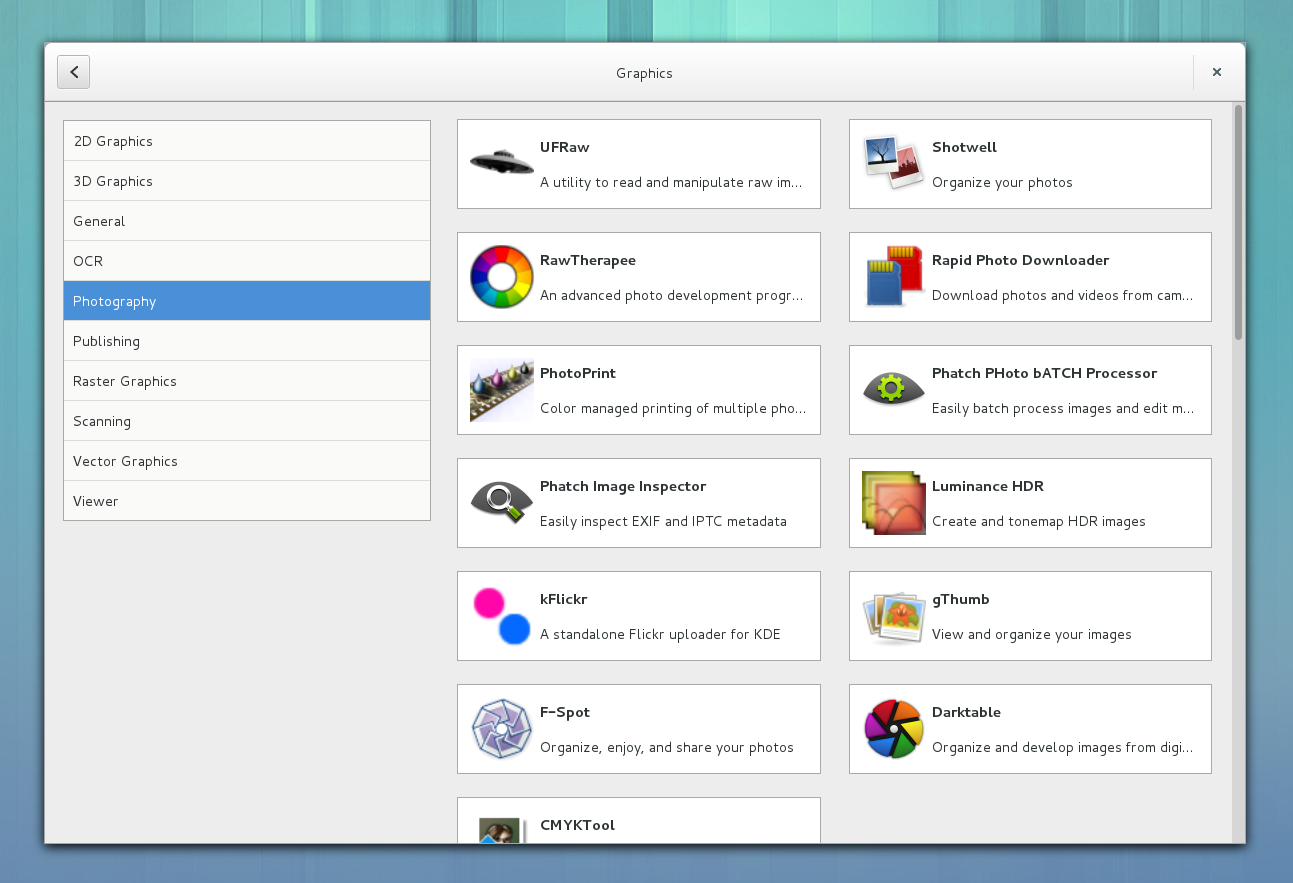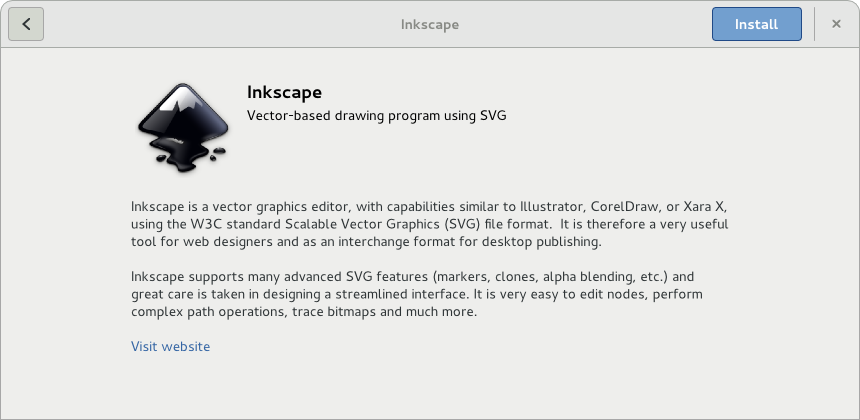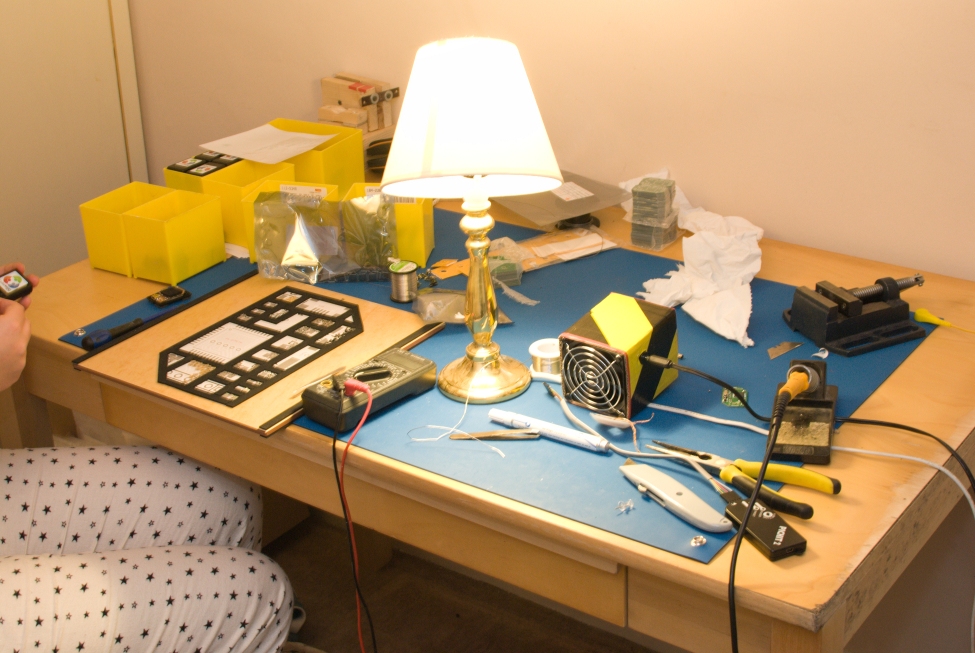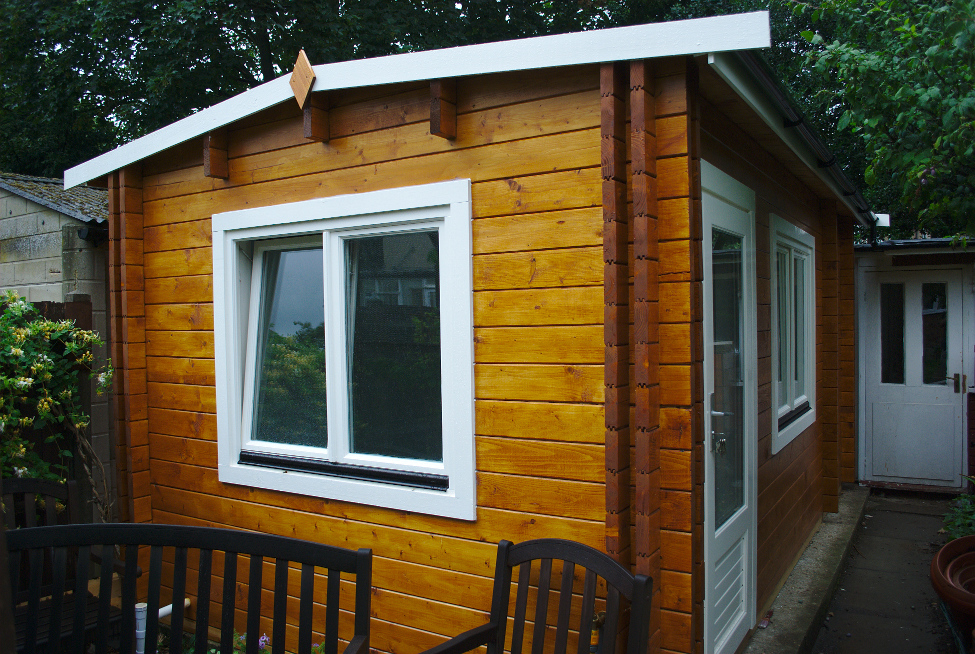There’s a new version of the AppData validation tool, now with all the reported bug fixed, and a lot of new tests added.
Get it while it’s hot, appdata-tools-0.1.2.tar.xz or I’ve built Fedora RPMs too.
Please yell if you think you’ve written a valid file, and it fails to validate using the tool. We’re now being a lot more strict on things like formatting and the length of paragraphs. Thanks!




